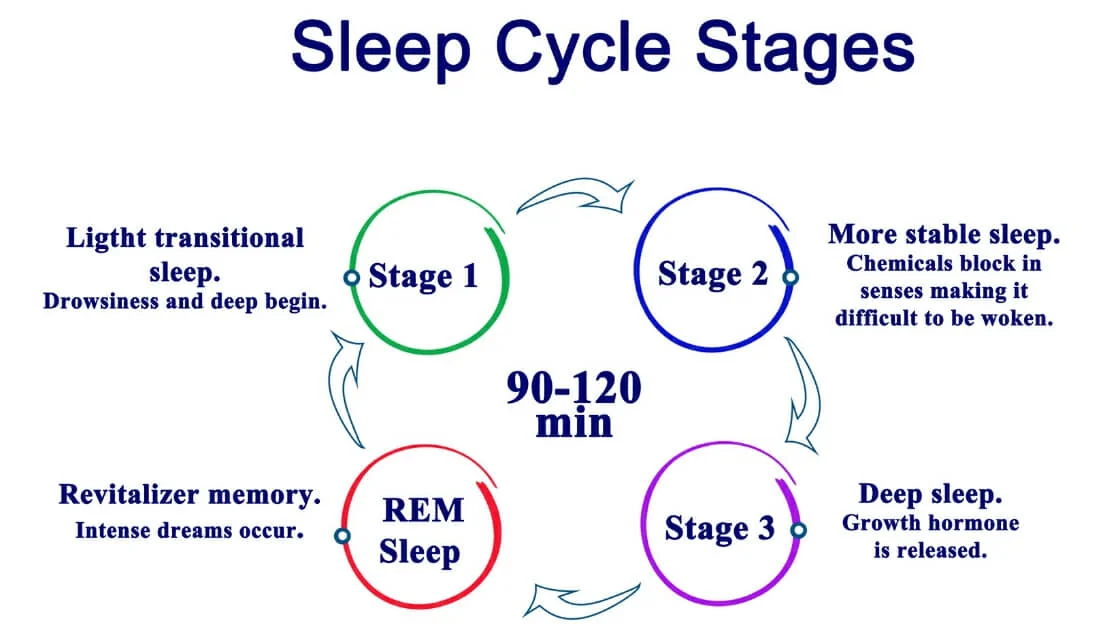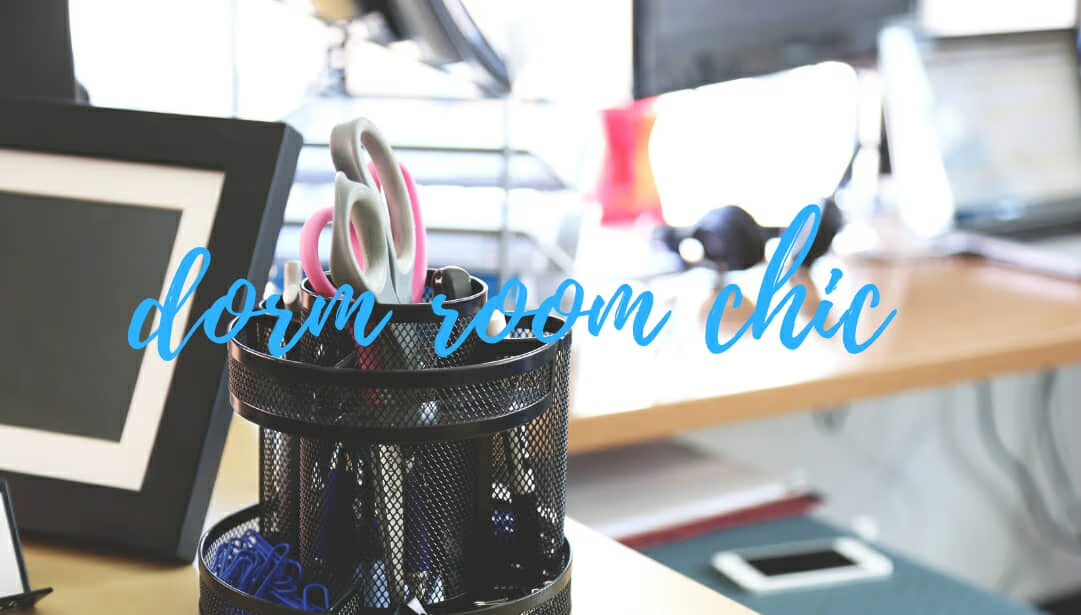A few months ago, we stated our intention to create a series of posts called the “WFMO Sleep Series”. Why? Because we are passionate about quality sleep! How can we not be? Especially since we carry high quality mattress and sleep products from some of the best manufacturers in the industry like Tempur-Pedic and Stearns & Foster! At our core, we’re not just a company that sells mattresses. We want to enrich the lives of each customer and add value to them. Keeping that in mind, read our latest post below about the phases of sleep and how understanding sleep cycles can help you get a better night’s rest!
What Are the Different Stages of Sleep?

Over the last century or so, we’ve really begun to understand how sleep works in our brains and in our bodies. Sleep deprivation disproportionately affects your mental functions, so it’s safe to assume that quality sleep is every bit as important for your mind as it is for your body. Broadly speaking, all sleep can be divided into “rapid eye movement sleep” (REM) and “non-rapid eye movement sleep” (NREM). As the name implies, during REM sleep your eyes actually dart quickly back and forth.
Depending on who you ask, there are either four or five stages of sleep. This discrepancy comes from the fact that some sleep experts include wakefulness or even drowsiness as its own sleep phase. For today, we’re talking about the four primary phases. Each one of these phases are distinct and serve a specific purpose within the body.
Stage 1 (NREM)
This first sleep phase is the lightest of all sleep stages and is where your brain begins preparing itself for deeper sleep. This phase is very short and only makes up a small fraction of total sleep. As a result, awakening from Stage 1 sleep is quite easy.
Stage 2 (NREM)
Beginning with Stage 2, your brain lowers your heart rate and slows your breathing pattern. This is still considered light sleep, but it is deeper than the previous phase. Nearly 50% of all sleep is Stage 2 NREM sleep.
Stage 3 (NREM)
This is the deepest sleep possible. It is known as slow-wave sleep because during this phase the frequency of your brainwaves slow down significantly. Also, this is when your body provides nutrients to muscles, repairs tissues, and bolsters your immune system. Stage 3 NREM sleep is extremely difficult to wake from, and waking during this time usually results in significant grogginess.
Stage 4 (REM)
For ease, Stage 4 is usually just called REM sleep. At this phase, your brain is most active and your body is least active. This increased brain activity causes more dreams, which in turn, is thought to result in rapid eye movement. Additionally, the brain chemically suppresses muscle activity in the body to keep sleepers from acting on vivid dreams while asleep. Waking up midway through a REM cycle can also cause drowsiness.
How Can This Knowledge Impact Our Quality of Sleep?
So why does any of this matter? How will understanding sleep cycles help you sleep better? Because we can orchestrate our sleep in such a way to wake up during the appropriate sleep phase! If you’ve got a quality mattress and still wake up feeling drowsy and less-than-rested, you may assume that you didn’t get enough rest. But sometimes your alarm just happened to hit at the exact wrong moment!
As we discussed above, waking up during Stage 3 NREM or Stage 4 REM can make for a very rough morning. What if you could plan your sleep schedule so that you wake during a lighter sleep phase and feel more refreshed as a result? Would you do it? There are two ways to achieve this goal – manually, or through the use of a special alarm.
Although the length of sleep cycles can vary as the night goes on, sleep cycles usually last for around 90 minutes. So the easiest way to schedule your sleep is in 90 minute blocks. Instead of sleeping for 7 hours, try sleeping for 6 hours or 7.5 hours instead. That way you get either 4 or 5 full cycles of rest.
The more precise method to achieve this would be through an alarm or app. There are a number of apps and devices on the market that track your sleep and wake you at the best possible point in your cycle. If you’re an owner of an Android, iPhone, or even a Fitbit, there are alarms made strictly for this purpose!
WFMO: North Georgia’s Quality Mattress and Sleep Specialists
Now that you understand the sleep cycle, you’ll hopefully be better equipped to self-diagnose your sleep troubles! If you’re not getting quality sleep every night, the road to recovery begins by acknowledging the problem. Coming soon to the WFMO blog, we’ll have a few posts discussing some specific sleep disorders and how to address them. Whether you need a high quality mattress, an adjustable base, a new pillow, or nothing from us at all, we want to put you on the path to a better night’s sleep!








